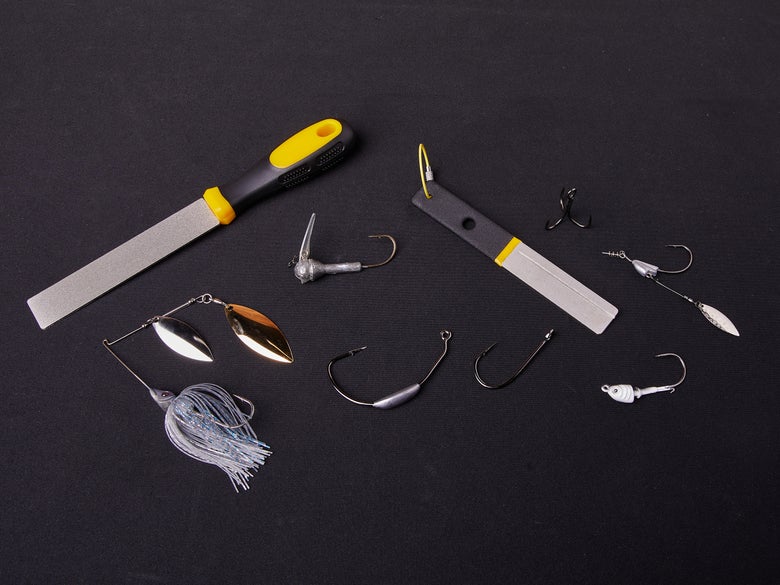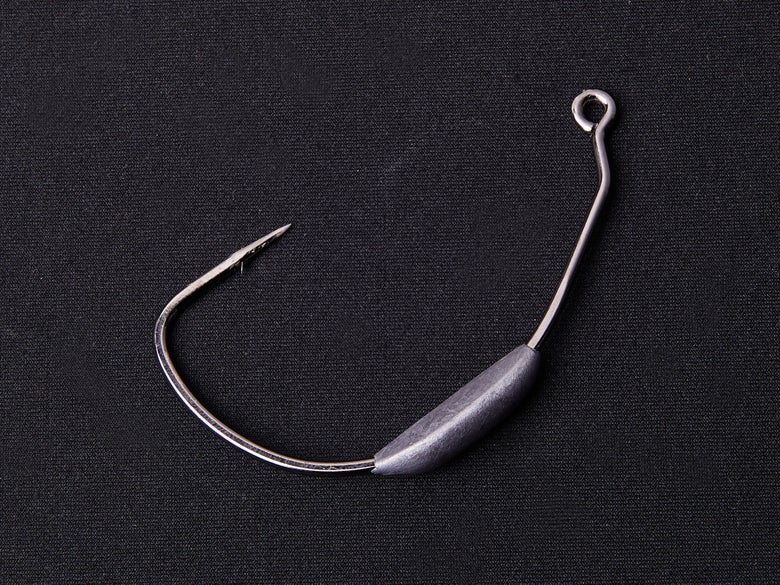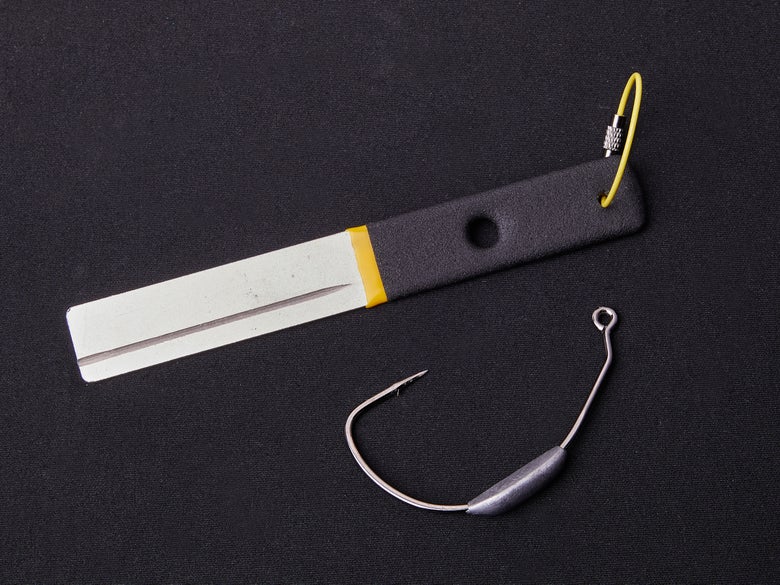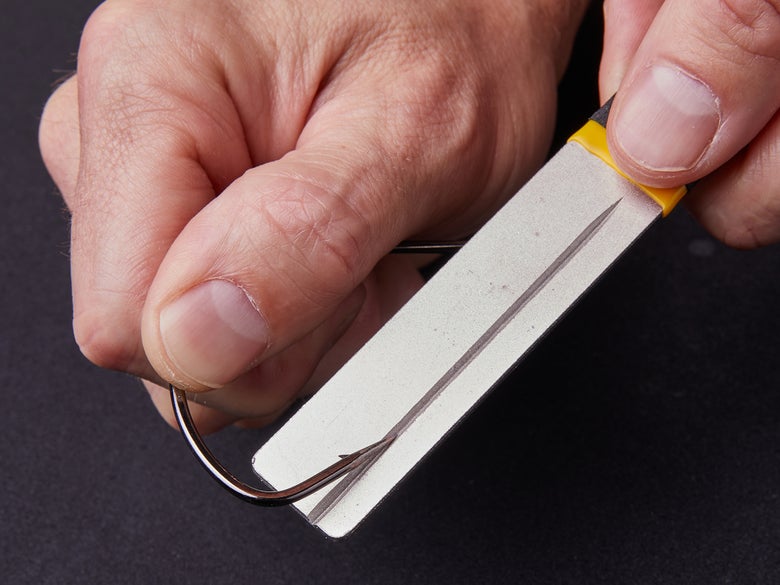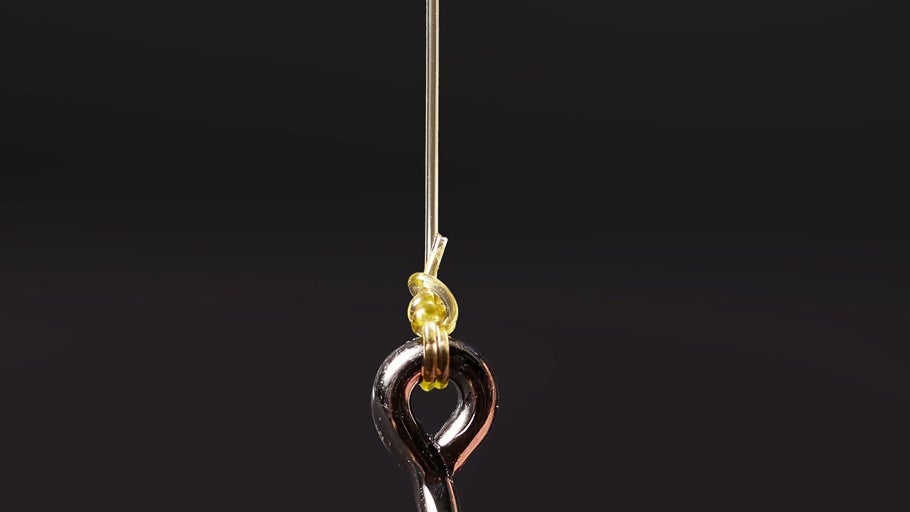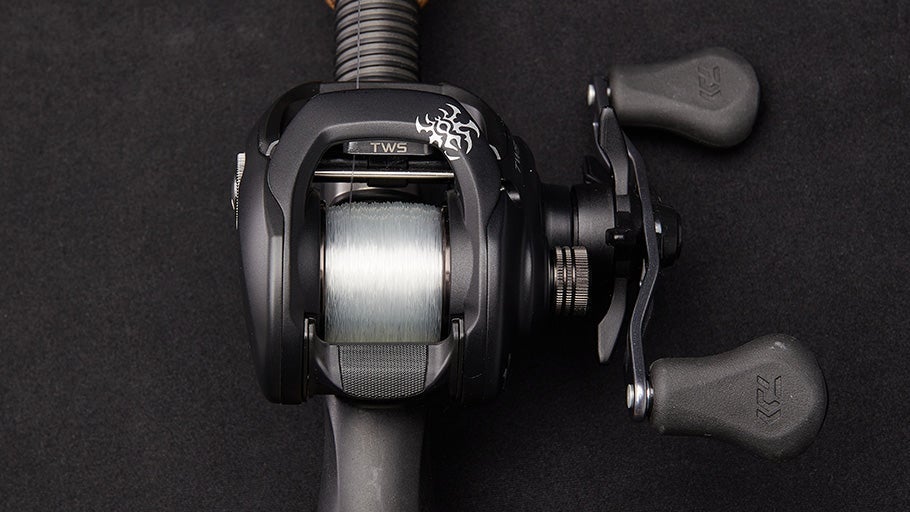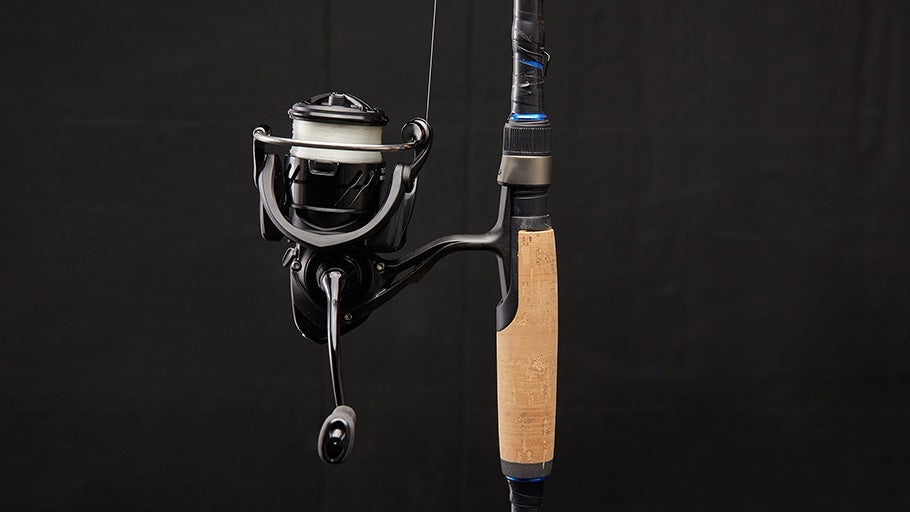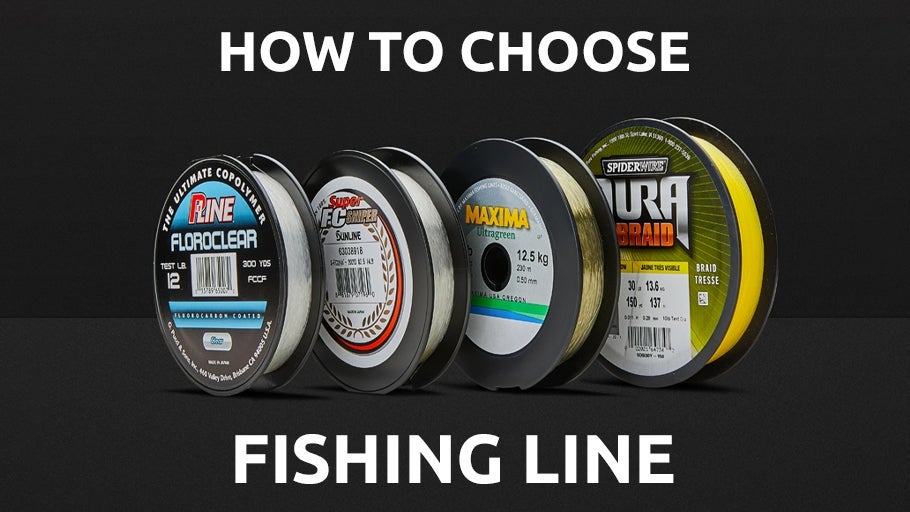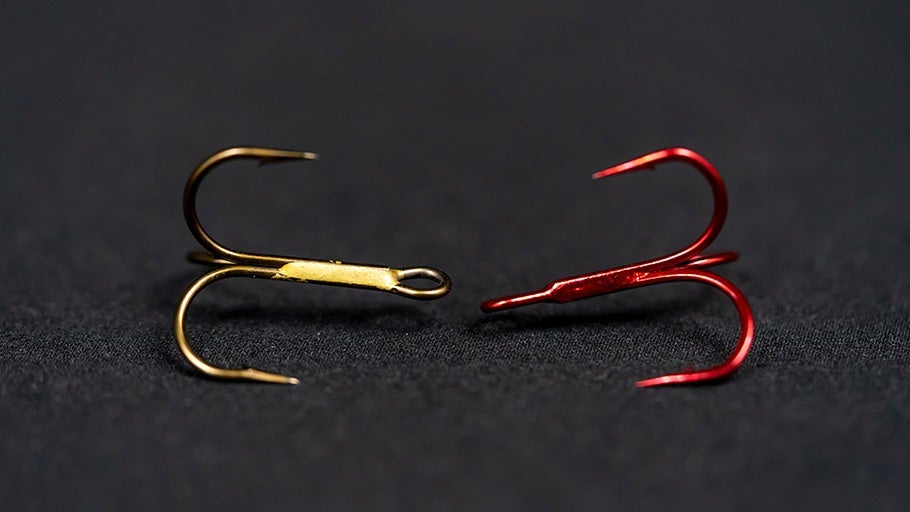
How-To Sharpen Fishing Hooks
The forgotten heroes that are constantly holding the front line, a sharp hook is one of the most important ingredients to securing a fish of a lifetime or making that crucial cull to cash a check at a tournament. Although most lures come with sharp hooks out of the package nowadays, one fateful hangup or a few big bites can easily dull or deform the hook point in a way that can drastically decrease your landing ratio.
In this How-To we’ll cover all you need to know about sharpening hooks: what to look for, tools you’ll need, proper sharpening techniques, and how to test your hook’s sharpness before heading into battle.
Step 1: Identify Dull or Damaged Hooks and Grab a Hook Sharpener
From your smallest finesse jigs to your largest top hook swimbaits, every hook will undergo diminishing quality throughout its lifetime in terms of sharpness and performance. Often, it's that one discontinued jighead that continues to get bites or helps you finish in the money. First, analyze your tackle box for any visible corrosion or slowly drag your hook point across your thumbnail and see if it catches. If it slides across your thumb without catching, it’s time to grab a hook file and get to work. For a consistent and more refining motion, consider grabbing a sharpener with groves and varying coarseness of file to provide some versatility based on the gauge or thickness of your hook wire.
Step 2: Understand the Hook File
Before diving into the hook sharpening process, it's crucial to gather the right tool. You'll need hook files, which come in various shapes and sizes, each designed for specific styles of fishing and hook types. Most hook files have a course and fine grit side to allow you to first remove the imperfections and then put the finishing touches on the point.
Step 3: Sharpen Based on Hook Type
With a hook file in-hand, first thoroughly inspect your hooks for dullness, rust, or corrosion. Typically, larger hooks will exhibit reusable properties compared to smaller finesse, or surgically sharpened hooks. Alternatively, it may be worthwhile to completely replace smaller finesse hooks instead of trying to restore them. Secure the hook and make passes in the groove towards the base of the file. Try to make one pass along each side of the point at an angle of around 30–45 degrees applying even, firm pressure.
Step 4: Repeat Sharpening Motion with Consistency
You’ll want to repeat this motion about three to four times on each side of the hook point, eventually making 12–16 passes in total. Be sure to keep an eye on one side being flatter than the other or any corrosion or debris you may have missed.
Step 5: Apply Finishing Passes on Finer-Grit Side
Eventually, you will want to finish your hook by repeating this process on the finer grit site of the file. Another 12–16 passes at a 30–45 degree angle with firm pressure will yield that factory-grade, razor sharpness that you need to maximize your hook-up to landing ratio.
Hot Tip
Filing your hook will remove the protective coating around the metal, often leading towards faster corrosion after being sharpened. To avoid this, simply take a Sharpie or permanent marker and color over the exposed metal, giving it a makeshift layer of protection against the elements. Obviously, this isn’t bulletproof and may need to be repeated over time.
Step 6: “The Thumbnail Test” and Preventative Care
An easy way to ensure your hook has an effective point is to slowly pull it across your thumbnail. Applying the same gentle pressure, if the hook catches your nail, you will know it’ll easily be able to penetrate a fish's mouth when applying the pressure as a hookset. To ensure your hooks stay sharp and guarantee the longest performing lifespan, follow these additional tips:
- Clean hooks after use: Rinse your hooks in freshwater after each fishing trip to remove debris and reduce corrosion.
- Dry and lubricate: Dry your hooks thoroughly and apply a rust-inhibiting lubricant such as WD-40.
- Store hooks properly: Store your hooks in a dry, rust-free container to prevent corrosion. Products such as Flambeau Zerust Plastabs Rust Inhibitors are designed to emit a harmless vapor, forming a protective layer around metal surfaces.
- Regular inspections: Check your hooks regularly for signs of dullness or damage, especially on your larger swimbaits and favorite jigs.
In the world of bass fishing, sharp hooks are indispensable for success. By practicing regular hook sharpening and preventative maintenance, you’ll greatly enhance your landing ratio and ultimately put more fish int the boat. Not to mention, a well-sharpened hook not only increases your chances of landing fish but also contributes to humane catch and release practices. Show your hooks some love and prepare for your next personal best by picking up a file and making sure your hooks are always sharp.
